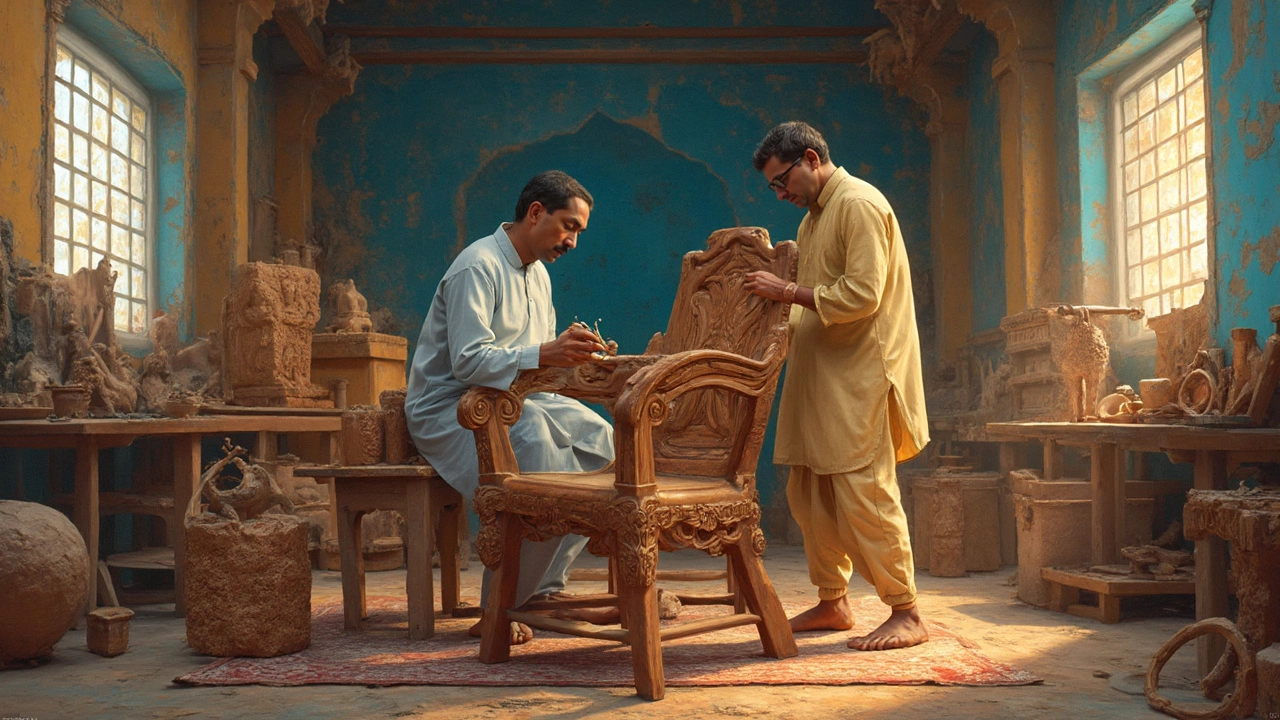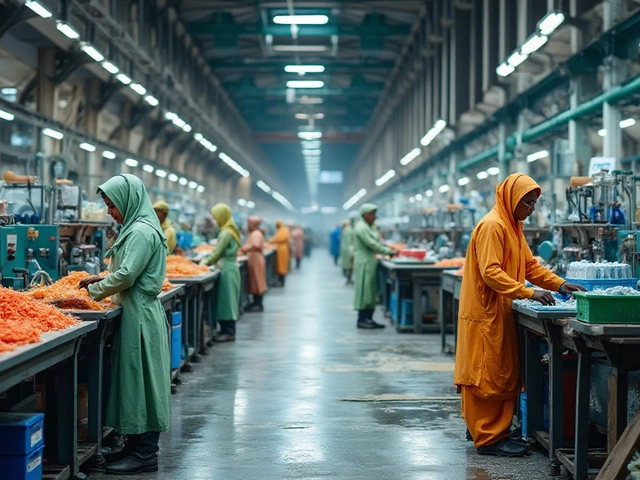Furniture Manufacturers: Top Indian Players, Materials & Supply Chain Insights
When working with Furniture Manufacturers, companies that design, cut, assemble and finish furniture for homes, offices and public spaces. Also known as furniture makers, it plays a crucial role in turning raw material into everyday comfort. You’ll soon see how this industry ties into IKEA Suppliers, the network of factories that produce IKEA’s flat‑pack pieces worldwide and why Furniture Materials, the wood, metal, MDF and plastic used in each product matter for cost, durability and style. Furniture manufacturers need the right mix of design skill, material quality and a smooth supply chain to stay competitive.
Why Materials Matter for Furniture Makers
Most Indian manufacturers start with locally sourced timber like teak or sheesham because the grain is strong and the price is stable. Metal frames have grown in popularity for modern office chairs, and MDF offers a cheap, printable surface for trendy bedroom sets. The choice of material influences everything from the factory floor layout to the final price tag. For example, a wood‑heavy line requires large drying rooms, while MDF shops need precise cutting CNC machines. Understanding these material needs helps you gauge which factories can handle high‑volume orders versus niche custom work.
The supply chain is the backbone that connects raw material, production, and the customer. A well‑managed supply chain cuts lead times, reduces waste, and keeps costs low. In India, many manufacturers partner with regional logistics firms that specialize in palletized transport, which speeds up delivery to big‑box retailers and e‑commerce platforms. When you combine a strong material base with an efficient logistics network, you get the kind of reliability that big brands like IKEA look for from their suppliers.
Speaking of IKEA, its supplier network in India includes dozens of factories that meet strict sustainability and quality standards. These factories must prove they can produce flat‑pack items that fit into tight shipping containers while keeping the carbon footprint in check. That pressure pushes local manufacturers to adopt better cutting technology, waste‑reduction practices, and third‑party certifications. If you’re curious about who actually makes IKEA furniture, you’ll find that many are mid‑size Indian firms that have upgraded their processes to meet global demand.
Besides IKEA, the Indian furniture market also serves a huge domestic audience. Homeowners are shifting from traditional solid wood to mix‑material solutions that blend metal frames with wood tops, driven by urban living spaces that demand style and space‑efficiency. This trend fuels demand for manufacturers who can switch quickly between material lines, offering customization without sacrificing speed.
Another key player is the rising e‑commerce sector. Online platforms now list thousands of SKUs from small workshops to large factories. These platforms rely on manufacturers who can provide detailed product data, high‑resolution images, and quick drop‑shipping. If a factory can integrate its ERP with an e‑commerce portal, it gains a huge advantage in reaching customers across the country.
When you look at the whole picture, three big relationships emerge: Furniture manufacturers encompass IKEA suppliers, Furniture manufacturers require quality materials, and Supply chain influences furniture manufacturers. These semantic triples capture the core dynamics you’ll see across the articles below—whether it’s a deep dive into material choices, a case study of IKEA’s Indian partners, or a guide on building a resilient supply chain.
Ready to explore more? Below you’ll find articles that break down the biggest Indian furniture makers, compare wood, metal and MDF options, and explain how global brands like IKEA pick their partners. Each piece adds a layer to the overall story of how furniture manufacturers shape the spaces we live and work in every day.

India has emerged as a global leader in furniture manufacturing, blending traditional craftsmanship with modern techniques. Known for its skilled labor and cost-effective production, the country is home to numerous innovative furniture companies. The growth of India's furniture sector is a story of blending cultural heritage with contemporary design. Discover why India stands out in the world of furniture production. (Read More)








